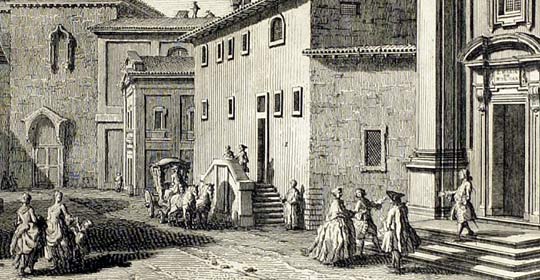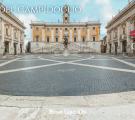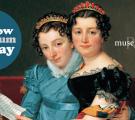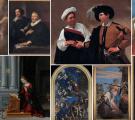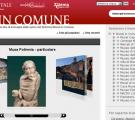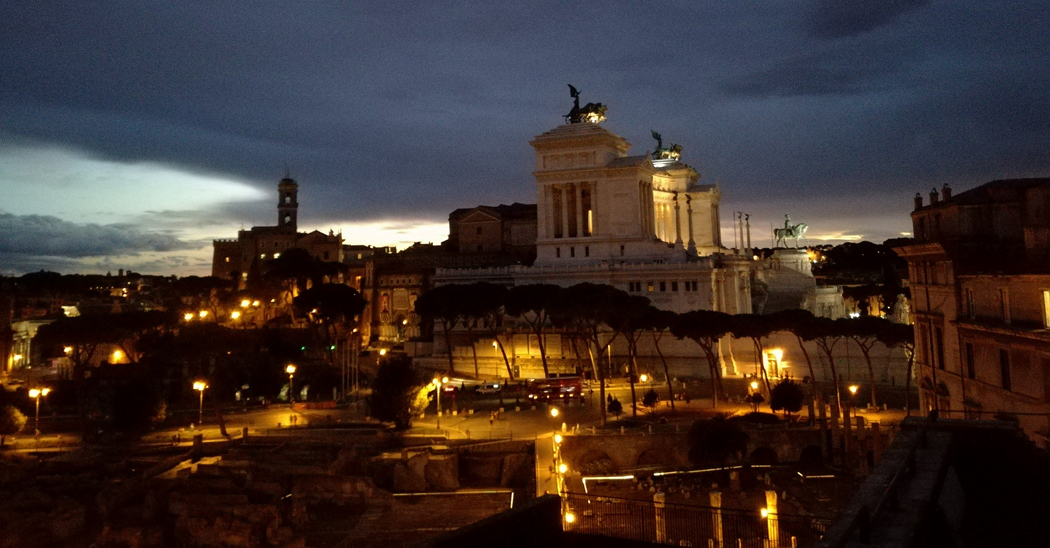1654
The most significant aspects of popular Roman life during the end of the eighteenth and the nineteenth centuries are to be found here, filtered through the tastes and beliefs of the artists and folklorists who represented it.
The Museum of Rome in Trastevere is located in what was once the Monastery of Sant'Egidio, where discalced Carmelite nuns lived until the capture of Rome. The building was restored and, in 1976, became a museum of Roman folklore and poetry, displaying material on the Roman people and their traditions, which had previously been kept in the Museum of Rome and the Municipal Ministry of the Press.
In the year 2000 the museum was reopened to public with the name of The Museum of Rome in Trastevere. This most recent refurbishment has been adapted to current museological needs: the building has been designed to be suitable for temporary exhibitions, particularly of photography, shows, conferences and concerts.
The museum's permanent exhibition focuses on the main aspects of everyday Roman life in the late eighteenth and nineteenth centuries, filtered through the tastes and convictions of the artists and folklorists who described it. Major themes are costume, folk dancing, festivals, both religious and secular, and crafts.
The collection includes paintings, prints, drawings and watercolours, among them the famous series of "Vanished Rome" by Ettore Roesler Franz (Rome 1845 - 1907), a crib incorporating scenes of daily Roman life in the nineteenth century, and six life-size representations of day to day life in the period, known as "Roman Scenes". The museum also contains some of the personal possessions of the great poet Trilussa (Rome 1871 - 1950), which were donated to the Municipality of Rome after his death and are in part exhibited in the video installation space called after him.
